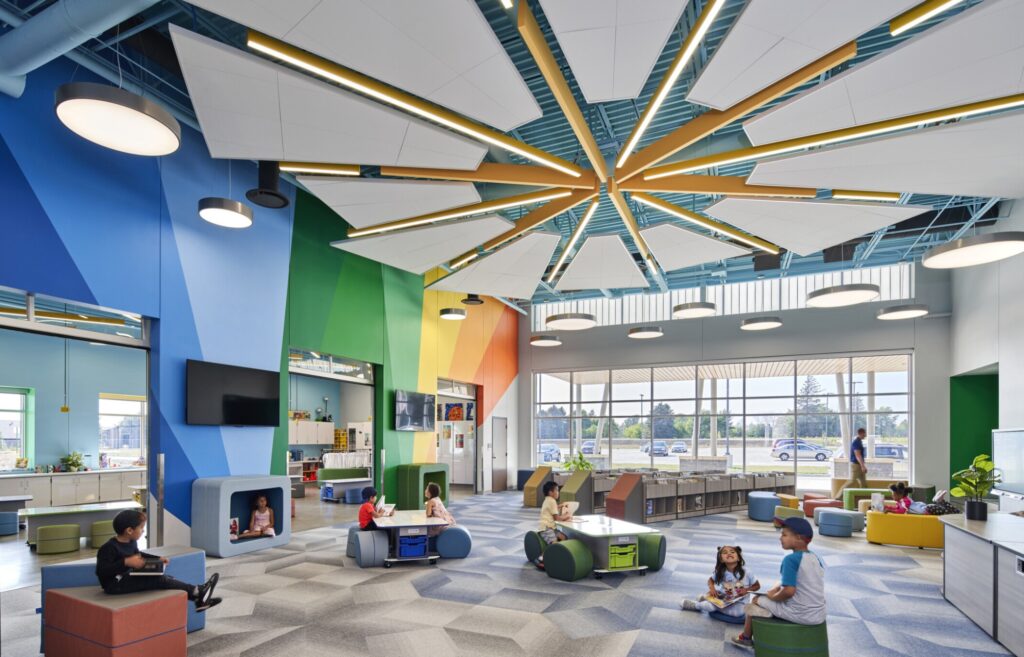Through many forms of evaluations and assessments, learners are observed and studied; their outcomes are measured and used, in comparison, to grow future learners’ skill sets and abilities. There are a wide variety of assessment tools that work to assist educational organizations along this process. However, how can one be sure they are using the right tool? How do we know that the assessments used in various classrooms, across the United States, are accurately measuring not just abilities but capabilities?

Assessments are at the forefront of educational conversations. In 2021, Education Week highlighted, ‘Even though educators are hungry for insight, assessment experts are urging caution. This year, more than any in recent memory, calls for extreme care and restraint when analyzing statewide test scores, drawing conclusions, and taking action, they say.’ It seems as though assessments, post COVID, have everyone questioning what is being expected of facilitators, learners, and projected outcomes.
The Center for Assessment has introduced the Federal Innovative Assessment Pilot, which is open to all states. According to the Center for Assessment, the Pilot is ‘a bid to get more states to develop “innovative” assessments.’ Why? Because qualitative and quantitative data suggests that the education system needs assessments that include instructional utilities – assessments that work with a scope and sequence for both formative and summative testing.
In a recently released article, Panorama Education emphasized, ‘How stronger SEL Skills Led to 18% Higher GPAs at Meridian Public School District.’ The district attributed much of their growth to bettering internal processes regarding behavior/academic interventions as well as streamlining conversations and decisions concerning instruction and learning. Dr. Murphy of Meridian Public Schools stated, ‘We wanted the implementation of our SEL program to be thorough, pragmatic, logical, and measurable. – Staff can now be preventative instead of reactive.’

Capabilities v Abilities
Taking what is known about the future of innovative assessments, in tandem with how SEL awareness improves behavioral communication and academic successes, NorvaNivel is hitting the ground running with its initiative to promote the environment as a second teacher and support system. Purposefully designing a learning space is a preventative measure which takes into consideration the needs of individual learners as well as the pedagogical approach of the facilitator.
Educational Neuroscience continues to study Growth Mindset and its effect on teaching strategies as well as mapping intelligence changes in learners. They’ve found that Growth Mindset ‘demonstrates that children’s expectations and beliefs about learning can influence educational outcomes.’
Considering this, there is no misunderstanding how pivotal the design of an educational space is regarding behavioral communication, academic outcomes, and overall achievement. Implementing more innovative assessments, acknowledging the importance of SEL, as well as incorporating Growth Mindset strategies, showcase the relevance of including environmental design into instructional mapping and pedagogical practices.
Throughout NorvaNivel’s Case Study Program, there is consistent measurable data which pinpoints the environment as a large indicator of self-actualization and accomplishment.
Educational Neuroscience themself, refer to learning environments in this way:
‘While there is something about intelligence that is fixed, how intelligence is revealed depends strongly on the environment; that is, how we view our abilities, as well as the culture, the home and the teachers that we’re exposed to.’
For more information on the Case Study Program, send an inquiry to Director of Education, Hannah Tejeda htejeda@norvanivel.com



